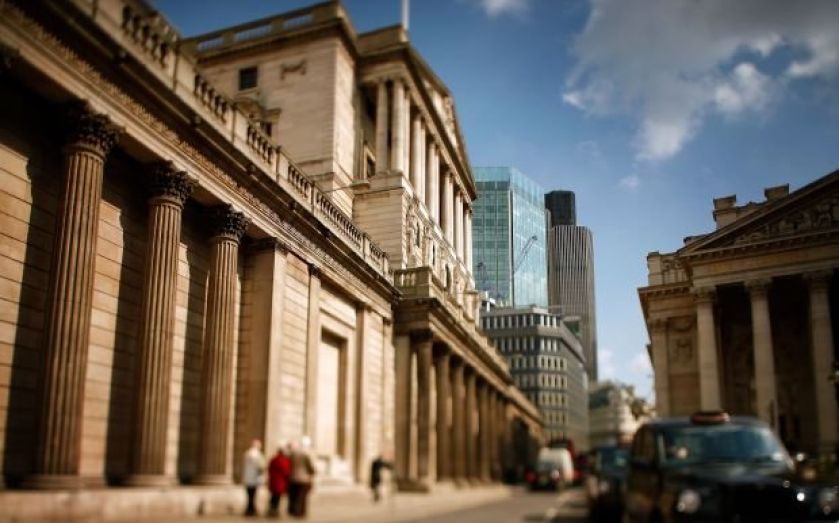Bank of England’s new contracts set to end bailouts for giant banks

Investors in banks will have explicitly to recognise that they could be bailed in to prop up failing lenders, under new rules published by the Bank of England yesterday.
The new contracts are part of a series of sweeping changes being introduced in a bid to make sure investors pay up when a bank goes bust, rather than the taxpayer.
In the financial crisis, governments bailed out banks and ended up bailing out investors, too – shareholders took a hit, but bondholders avoided paying up.
In Ireland, the government guaranteed all bondholders but did not have enough money to cover that promise and so itself had to take a bailout.
The new recovery and resolution regime is building a hierarchy of investors, with shareholders at the bottom and depositors at the top.
As a result shareholders will lose their money first. Bondholders, begin with junior investors, will see the debt turned to equity.
As the bank’s losses are absorbed, more and more investors will be bailed in.
However, depositors will still be guaranteed up to a level of £85,000 each.
Under the proposals, new securities contracts will specify their position in this hierarchy, from 1 January 2015.
“The UK authorities have taken a number of important steps since the crisis to increase the resilience of our banking sector, including stress testing the major banks and strengthening the capital framework,” said Andrew Bailey, who heads the bank of England’s prudential regulation authority.
“The [resolution directive] provides a framework and tools to deal with banks in distress and builds on the steps we have already taken to ensure firms have recovery and resolution plans that minimise disruption to the wider financial system.”
The consultation runs until 19 September and final rules will be published by the end of December.